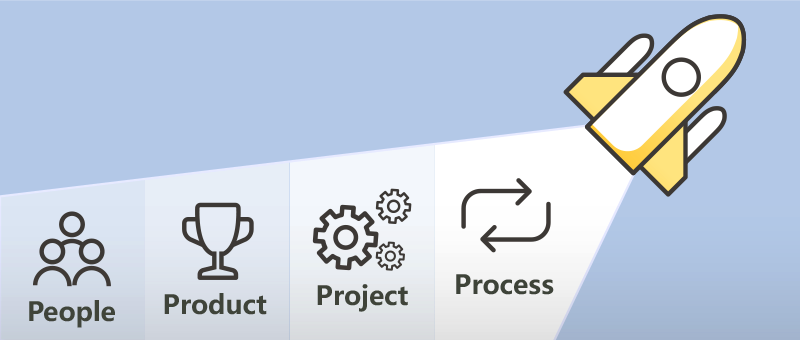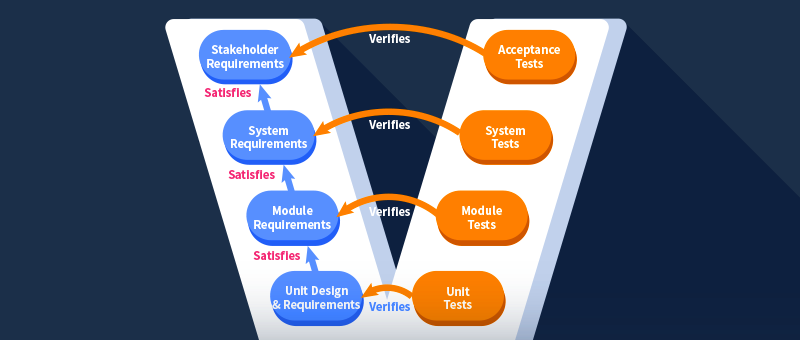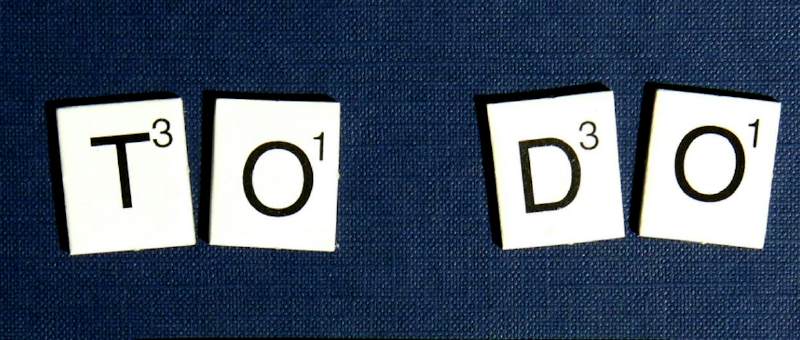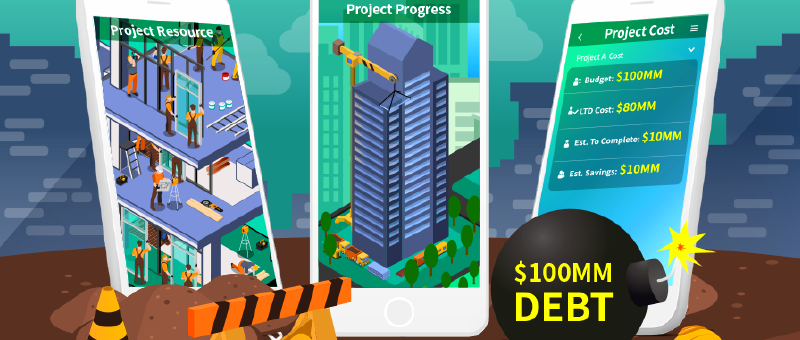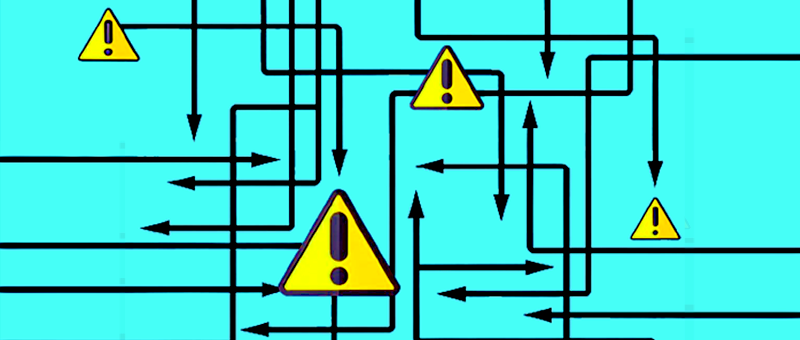Client Project Management

A client project is a project completed on behalf of a client whose results or deliverables are intended for an external client. The client project manager acts as an intermediary between the client and the project team and is responsible for ensuring that the client’s needs are met while making sure the project is moving in the right direction. The client project team is able to bring the project conversation back to how it will affect the business or whether it meets the stated goals of the project, which earns them the respect of the client. The following are project management challenges frequently faced by client project teams:
1. Avoid customer-specific scope creep
Scope creep is what keeps client project managers up at night. It is a constant threat, somehow lurking around every corner. When project requirements change midway, the complexity of the project deliverables increases and goes beyond the original agreement with the client. Scope creep happens often and more often, and it happens to the most well-intentioned team members. They see problems in the plan and want to fix them. Or, as an agency head, you want to know why something does not have a specific function, or the last change was made because of a recent request from the head of the company or agency. So scope creep occurs again. As an owner or agency head, you can see scope creep from two perspectives: as a victim or as an instigator.
Common reasons for this to happen:
Scope creep can sometimes feel inevitable, but dig a little deeper and there is usually an avoidable reason. Does this sound familiar?
- Poor project planning, such as vague or unclear scope, can lead to scope creep
- Stakeholders sometimes add new requirements after the schedule has been approved and set
- Stakeholders fail to provide necessary information during the project planning stage (or the project manager fails to gather information adequately)
- Sometimes a project is too long and complex to avoid scope creep and it is better to break it down into smaller activities
Ways to overcome this challenge:
 PPM provides requirement and change management functions, allowing you to control project scope and handle changes and impacts in real time. The best way to deal with changes is not just to suppress them. For high-priority changes, use
PPM provides requirement and change management functions, allowing you to control project scope and handle changes and impacts in real time. The best way to deal with changes is not just to suppress them. For high-priority changes, use  PPM to provide change impact information, including time and cost, so people can make trade-offs. Many project-wide issues stem from (i) insufficient up-front research and (ii) the inability of the software used by the project team that cannot provide impact information in real time. The result is that the user group feels that the project manager keeps saying no, while the project manager thinks the user group demands everything.
PPM to provide change impact information, including time and cost, so people can make trade-offs. Many project-wide issues stem from (i) insufficient up-front research and (ii) the inability of the software used by the project team that cannot provide impact information in real time. The result is that the user group feels that the project manager keeps saying no, while the project manager thinks the user group demands everything.
2. Create and maintain process documentation
While the project scope outlines what the project should and should not do, the process document outlines how the work should be done. Great process documentation allows new team members to get started quickly, which is especially useful when someone leaves the team and has to bring others in. It also helps measure whether the team is doing everything according to the process. When disputes arise, teams need to find answers by consulting the processing documentation.
Common reasons for this to happen:
- There is no way to properly add details to client files that are easily accessible and centrally managed by all team members
- There is no process in place to create and update this material, or no responsible party
- No one has defined and documented a given process well enough
- Those in project management roles are too busy tracking repetitive tasks to focus on more complex things like process documentation
Ways to overcome this challenge:
 PPM allows you to plan the deliverables of the entire project, including the above-mentioned documents, allowing the team to set aside a fixed amount of time that can be used to work on the documents.
PPM allows you to plan the deliverables of the entire project, including the above-mentioned documents, allowing the team to set aside a fixed amount of time that can be used to work on the documents.  PPM’s deliverables include automated time management mechanisms and review and acceptance processes, and even quality and KPI metrics. The system also provides an electronic document library subsystem for documents that need to be co-authored by multiple people, or need to keep multiple versions.
PPM’s deliverables include automated time management mechanisms and review and acceptance processes, and even quality and KPI metrics. The system also provides an electronic document library subsystem for documents that need to be co-authored by multiple people, or need to keep multiple versions.
3. Manage customer expectations
Every business decision prioritizes cost, quality and time, but not every customer understands this in the same way. Even when clients are great, managing their expectations can be a challenge.
Common reasons for this to happen:
- Fail to communicate realities (timeframes, capabilities, constraints) to clients ahead of time
- Client changes their expectations after agreeing to project scope (another version of scope creep)
- Customers want more control than you are prepared to give
Ways to overcome this challenge:
Most issues related to customer expectations boil down to proactive communication. Although  PPM cannot solve all people-to-people communication problems, it can help you communicate systematically, confirm requirements, and effectively manage requirements changes and impacts. With
PPM cannot solve all people-to-people communication problems, it can help you communicate systematically, confirm requirements, and effectively manage requirements changes and impacts. With  PPM’s deliverables, you can (as we mentioned earlier) create and maintain process documentation, making sure everyone knows the exact tasks, deadlines and requirements. Creating paper trails and properly documenting who asked for what in a project are critical to maintaining a transparent client relationship.
PPM’s deliverables, you can (as we mentioned earlier) create and maintain process documentation, making sure everyone knows the exact tasks, deadlines and requirements. Creating paper trails and properly documenting who asked for what in a project are critical to maintaining a transparent client relationship.
4. Provide adequate project visibility to all stakeholders
Stakeholders appear to have no vision for what the project involves. Sometimes it is really the stakeholders fault, but usually it comes down to project visibility.
If stakeholders cannot clearly see what is involved, they cannot make the best decisions.
Common reasons for this to happen:
- Inadequate tools for presenting and visualizing projects (whether in project planning, update meetings, or anything else)
- Project managers are not clear when providing verbal or written updates
- Data is presented in formats that some stakeholders do not understand (e.g. Gantt charts) or based on project management methodologies (e.g. agile project management)
Ways to overcome this challenge:
In addition to improving communication skills,  PPM can also move stakeholders from alienated to active through better project visibility. It allows you to invite as many clients as possible to use the system for better collaboration. Worried about a particular client disrupting your project workflow with this type of access? Set up client access and keep your team focused!
PPM can also move stakeholders from alienated to active through better project visibility. It allows you to invite as many clients as possible to use the system for better collaboration. Worried about a particular client disrupting your project workflow with this type of access? Set up client access and keep your team focused!
5. Consistently manage and meet client deadlines
Project managers have a frustrating job: They have to convince teams to meet deadlines and prioritize work, but they don’t necessarily have full executive authority. If you are the owner or the head of the agency, you have an advantage here because you do have executive power. Still, you cannot tell exactly which software engineer is developing faster. This is a real challenge.
Common reasons for missing deadlines:
Team members are not prioritizing tasks in the correct order; project timelines contain unrealistic workloads; agencies overcommit and take on more work than they actually accomplish; workflow inefficiencies.
Ways to overcome this challenge:
The solutions here depend on why your team is not consistently meeting deadlines. Use PPM for better prioritization, project planning, staffing and learning.
PPM for better prioritization, project planning, staffing and learning.
6. Ensure good team and client communication
We have advised managers to communicate, but it does not stop there. Your team also needs to have good internal and external communication between members and customers. It is always harder to change others than yourself, and many professional project managers have struggled to create a culture of effective communication within their teams.
Common reasons for this to happen:
Poor communication skills among team members; poor communication that is hurting team relationships; work environment not conducive to team building; unrealistic client deadlines or stakeholder dysfunction is damaging morale.
Ways to overcome this challenge:
There are small steps you can take to improve your team’s relationships and morale, such as setting aside time for icebreakers and unstructured conversations at the start of meetings. You can also use the project management communication plan designed by PPM that enables team members to easily view, access or comment on tasks or subtasks, avoiding email black holes of project details, and ensuring better interactions with clients and more efficient cross-departmental cooperation.
PPM that enables team members to easily view, access or comment on tasks or subtasks, avoiding email black holes of project details, and ensuring better interactions with clients and more efficient cross-departmental cooperation.


 is cool!
is cool! provides you a comprehensive
picture of recent, current, and likely future of your infrastructure and operations.
provides you a comprehensive
picture of recent, current, and likely future of your infrastructure and operations.